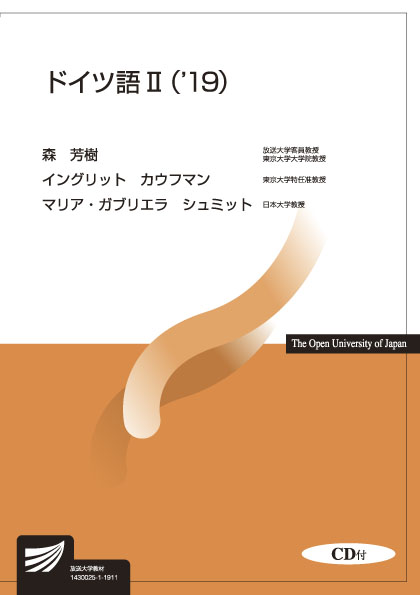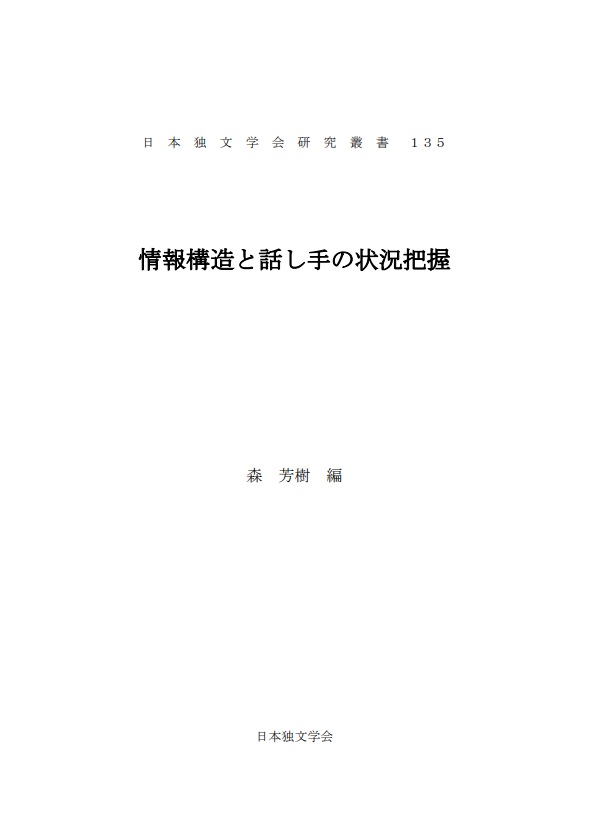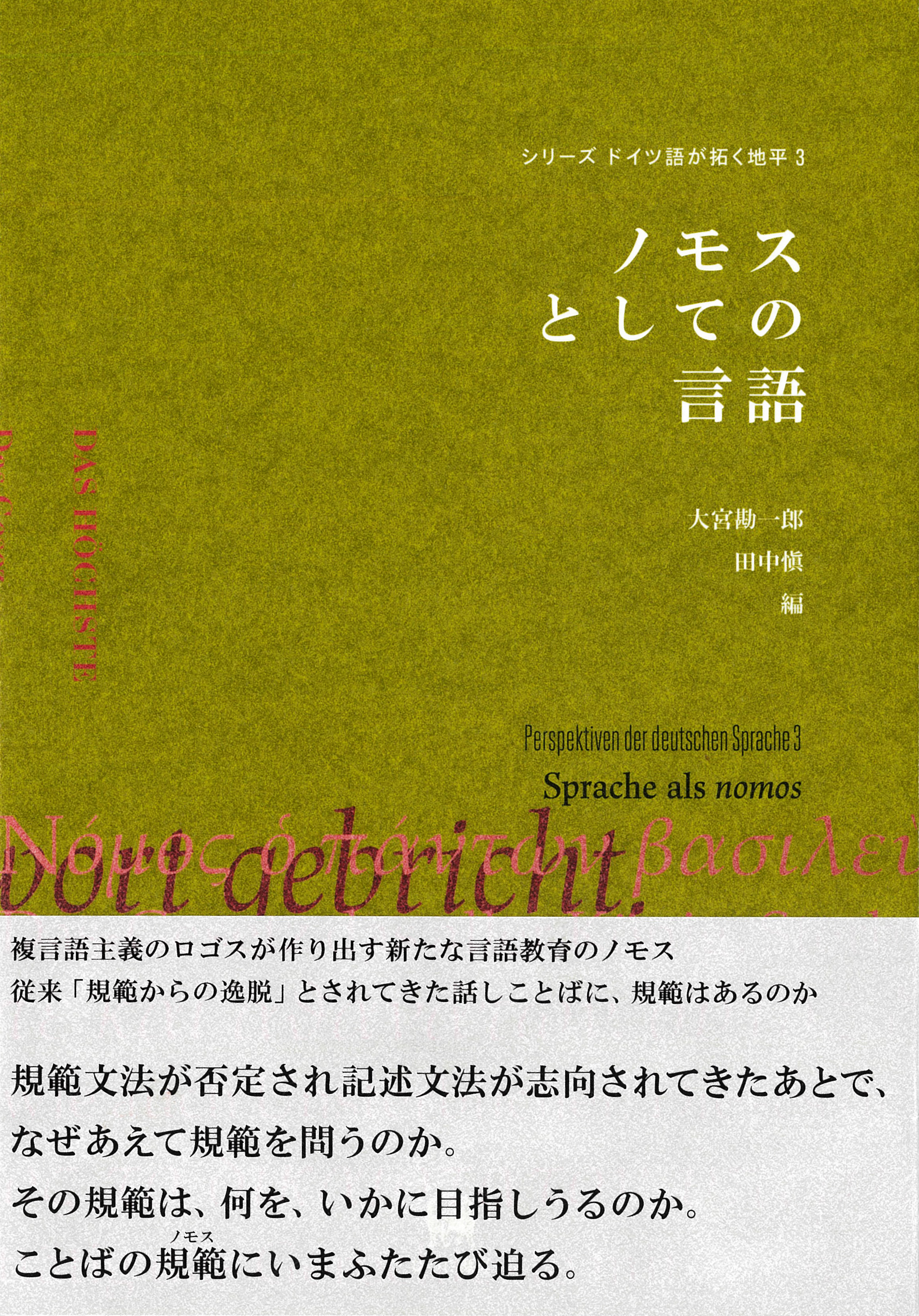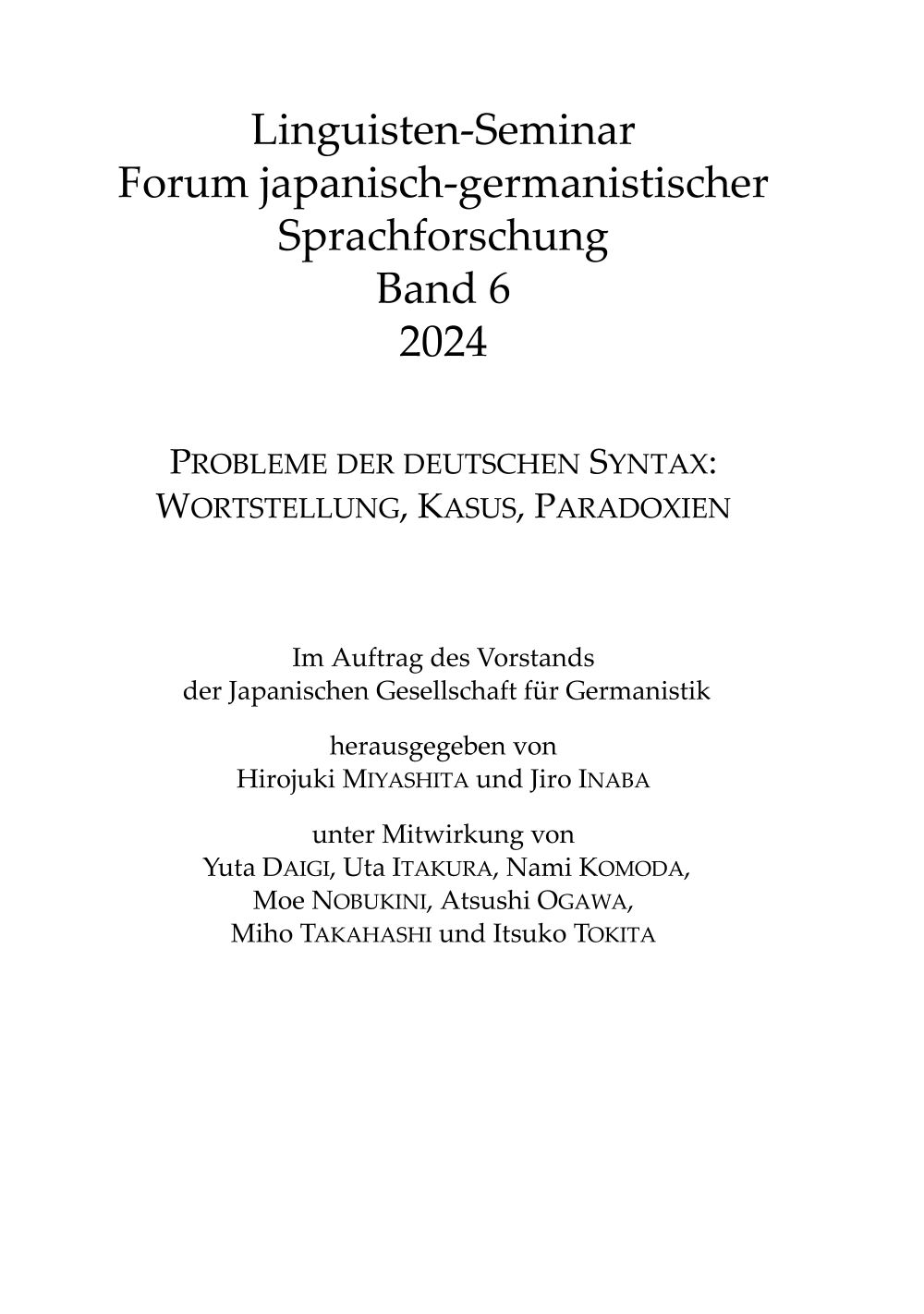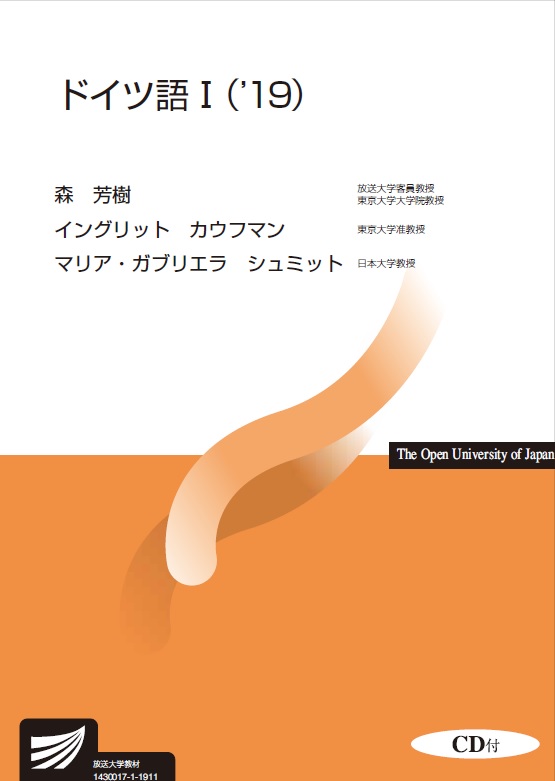
Title
Doitsu-Go I (’19) ( German I [‘19])
Size
364 pages, A5 format, attached CD
Language
Japanese, German
Released
2019
ISBN
978-4-595-31969-3
Published by
Foundation for the Promotion of The Open University of Japan
Book Info
See Book Availability at Library
Japanese Page
This textbook will be used by the Open University of Japan for its TV German language course for several years starting this year. It reconstitutes topics corresponding to the first half of the content learned by German language students at the University of Tokyo in a more multi-faceted manner. In recent years, the Common European Framework of Reference for Languages (CEFR), as well as the recent supplement to the CEFR, has had a significant influence on language education not only in Europe but also in the education of European languages around the world and even for non-European languages such as Japanese. On the other hand, acceptance of the CEFR has varied, and, in my opinion, this variation should depend on the situation and context. This book is designed to teach students to put their vocabulary to practical use at the same time as it teaches them the grammar they need to work their way up to more difficult expressions.
Specifically, the book incorporates many new ideas into German “school grammar.” Rather than taking the perspective of how German differs from other languages, this book emphasizes the point that similarities to other languages can be found throughout German, because it is important to reassure students that the German they are learning for the first time is actually something they have seen somewhere before. In addition, the book adopts the method of breaking down the grammar into its components in order to present it in a way that matches the learner’s progress. For example, rather than introducing the article case declensions all at once, the lessons are arranged so that each case is taught in different units.
In order to familiarize the students with the wide variety of ways that German can be used, the grammar itself is embedded into the lessons by means of texts that reflect a diverse set of styles of language usage. The vocabulary covers what beginners need to know and follows the Goethe Institute’s word rankings, which conform to the CEFR. While focusing on grammar skills, the book also reflects the idea that language competence includes both language use (for example, your performance with words) and language perception (for example, your understanding of the situation in which you are placed).
This book covers half a year of classes taken by first-year students at the University of Tokyo. However, by incorporating various skits and exercises aligned with the teaching materials that accompany the TV broadcast, the book is designed to tie together its lessons with language performances where the words are actually used. The skits in particular attempt to depict socially varied everyday situations that represent a combination of the experiences that the members of each of the presented families would have in Germany. In addition to this book, I recommend students read the teaching materials that accompany the TV broadcast while watching the animation-heavy skits and listening to the voices of the university faculty and students who appear on the screen.
(Written by MORI Yoshiki, Professor, Graduate School of Arts and Sciences / 2019)



 Find a book
Find a book


